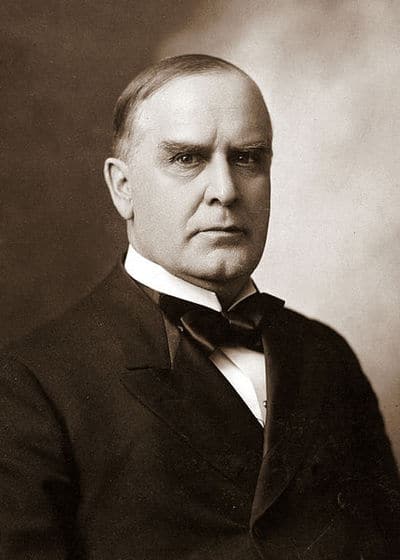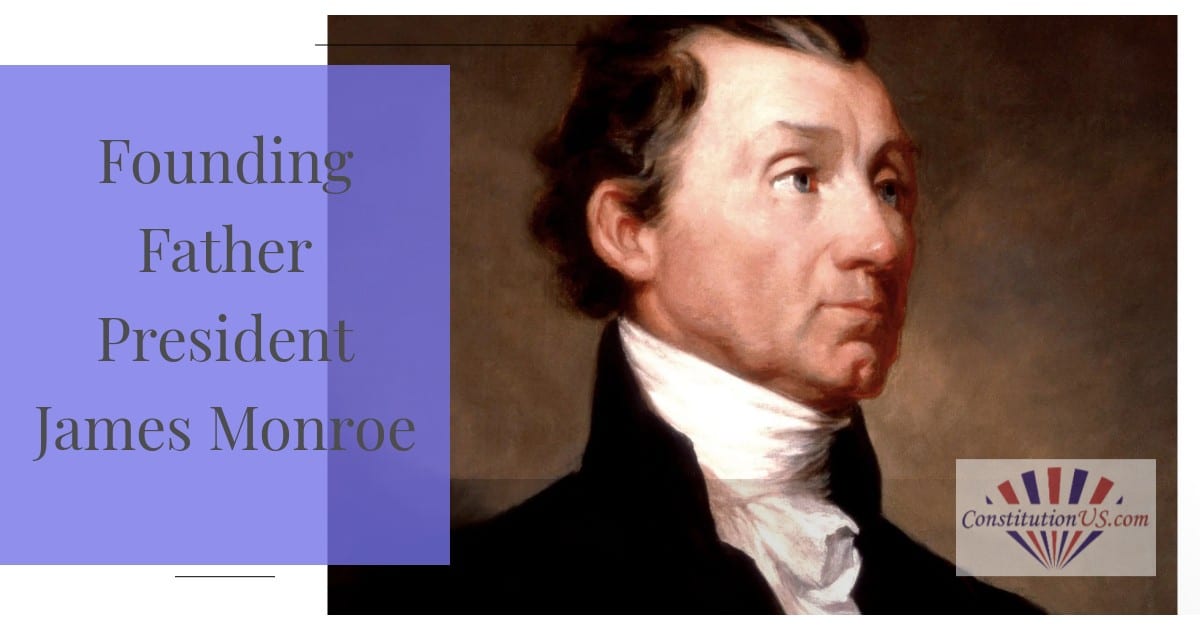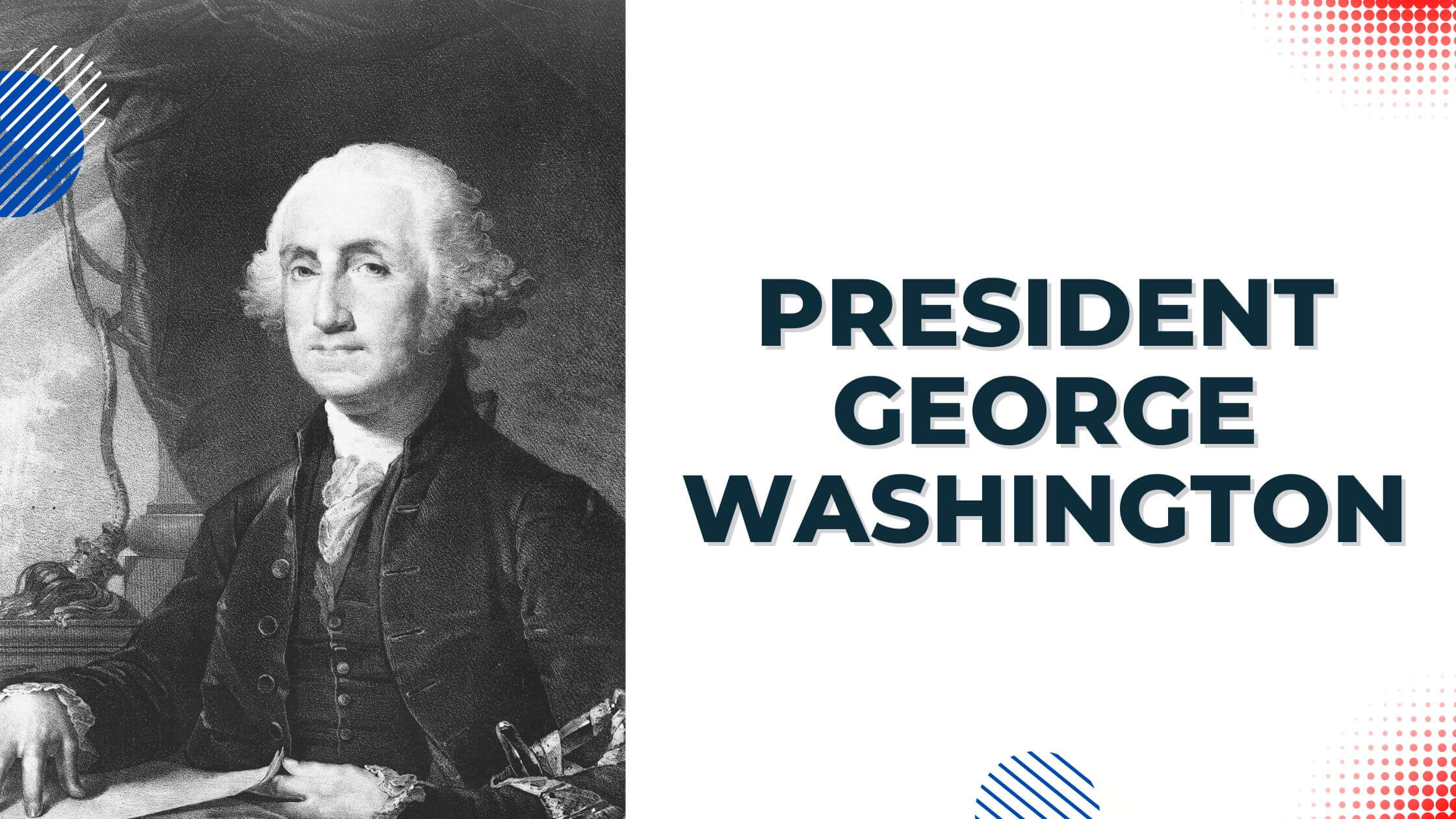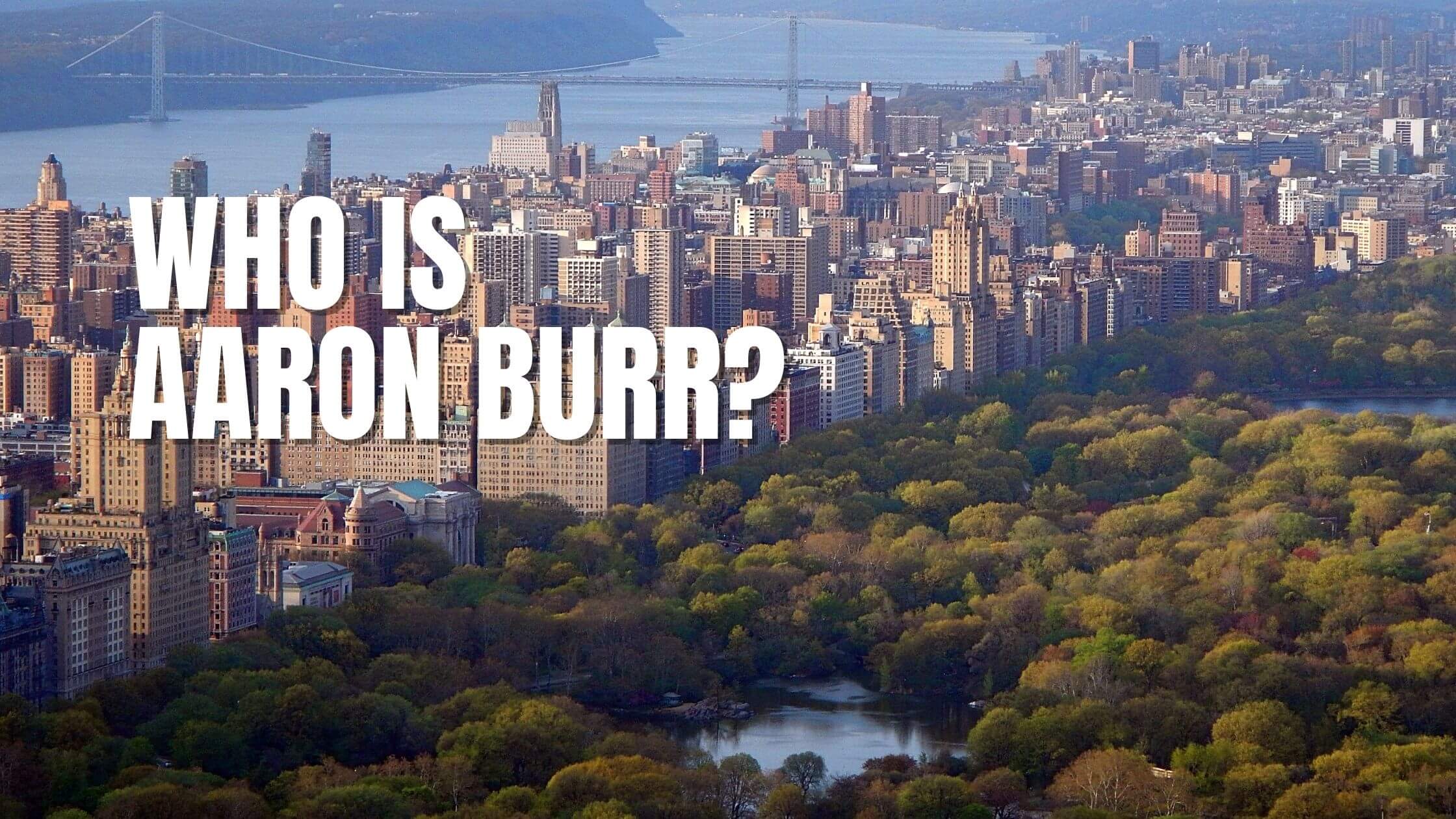Table of Contents
ToggleFrequently Asked Questions About William McKinley:
When was William McKinley born?
William McKinley was born in 1843.
Where was William McKinley born?
William McKinley was born in Niles, Ohio.
How old was William McKinley when he became president?
William McKinley was elected at the age of 54.
What years was William McKinley president?
William McKinley was president from 1897 – 1901.
When did William McKinley die?
William McKinley died at the age of 58 in 1901.
How did William McKinley die?
He died from gangrene due to an infection caused by a gunshot wound following an assassination attempt.
Early Life
William McKinley was born in the small town of Niles, Ohio, on January 29, 1843. William Jr. was the seventh of eight children.
Like many young boys of the period, William Jr. busied himself with fishing, hunting, ice skating, swimming, and horseback riding.
William Jr.’s father owned and operated a small iron foundry. His mother, Nancy Allison McKinley, instilled in William Jr. the value of prayer, courtesy, and honesty.
Education & Military Service
Inspired by his father’s work ethic William McKinley studied extremely hard, and after graduating from high school in Poland, Ohio, he entered Allegheny College in Meadville, Pennsylvania.
Unfortunately for McKinley, he had to drop out of school due to financial hardships and the advent of the Civil War.
William joined the Twenty-third Ohio Volunteer Infantry at the outset of the Civil War, where he proved himself to be a valiant soldier on the battlefield at Antietam. As a second lieutenant, McKinley served on future president Rutherford B. Hayes‘ staff, and the two remained friends.
Law Career and His Entry into Politics
After the Civil War ended, McKinley entered law school at Albany Law School, passing the Ohio bar exam in 1867, and practicing law in Canton, Ohio. During this time period, McKinley met his wife, Ida, and the two were married after two years of courtship.
In 1869, while practicing law, William McKinley entered politics, running for county prosecutor as a Republican.
Shortly thereafter, in 1876, McKinley successfully ran for Congress. He would hold this position almost uninterrupted (he lost the 1882 election) until 1891.
Mckinley Tariff
As a congressman, McKinley became the House Ways and Means Committee chair in 1889. This powerful position led him to draft and help pass the McKinley Tariff of 1890.

Get Smarter on US News, History, and the Constitution
Join the thousands of fellow patriots who rely on our 5-minute newsletter to stay informed on the key events and trends that shaped our nation's past and continue to shape its present.
As a result of the McKinley Tariff Act, consumer prices increased dramatically, causing a great deal of anger from the general populace towards the Republican Party and McKinley himself.
Governor McKinley
McKinley returned to Ohio in 1891, where he ran for governor and narrowly defeated his opponent.
While governor of Ohio, McKinley worked to lessen the gap between management and labor by developing a series of arbitrations geared towards settling labor disputes fairly, efficiently, and peacefully.
McKinley was a popular governor and won reelection in 1894, positioning himself for a White House run in 1896.
Campaigns & Elections of 1896 and 1900
In 1896, McKinley dominated the balloting at the Republican convention of 1896 in St. Louis, receiving 661 votes compared to 84 for his closest competitor.
The Republican platform at the time endorsed protective tariffs and a continuation of the gold standard.

Republican policy also supported the annexation of Hawaii, the Panama Canal’s construction, the navy’s expansion, equal pay for women, and a national board of arbitration for settling labor disputes.
The Democratic Party sided with William Jennings Bryant, a noted orator who won approval for his attack on the gold standard while advocating bimetallism and free silver.
McKinley and the Republican Party raised significant funding ($4 million at the time). They campaigned more effectively than Jennings Bryant and the Democrats, who became split over the issue of the gold standard.
McKinley dominated the election-winning by over 600,000 votes and winning the electoral college, 271 to 176.
In 1900, after his first term, McKinley’s popularity was at an all-time high, especially after the United States dominated Spain in the Spanish-American war of 1898 and the solid economy.
He easily won the Republican nomination in 1900. Theodore Roosevelt was named McKinley’s vice-presidential nominee after the death of Vice President Hobart during McKinley’s first term.
The Democrats once again went with Jennings Bryant as their candidate. While Democrats argued against American imperialism and increased efforts overseas, the Republicans advocated expanding ties with China and establishing a protectorate in the Philippines.
McKinley himself did not hit the campaign trail. Still, Teddy Roosevelt, the Spanish-American War hero, did.
The Republican Party once again invested heavily in McKinley, distributing hundreds of thousands of flyers and distribution materials for their candidate.
After the results were tallied, McKinley won reelection, defeating Bryant by 100,000 more votes than in the election of 1896 and with twice the number of electoral college votes.
McKinley’s Presidency- Domestic and Foreign Affairs
Domestic Affairs
Among the biggest domestic issues McKinley had to deal with throughout his presidency were bimetallism and tariff legislation.
After negotiations with England, France, and Russia over bimetallism failed in 1897, McKinley began advocating for a gold-based currency.
In 1900, the Gold Standard Act was enacted, placing U.S. currency on the gold standard.
Tariff Legislation
McKinley campaigned to increase the tariff income to reduce internal taxes and to increase the expansion of American industry and employment as a whole.
This promise came to fruition with the passing of the Dingley Tariff Act in 1897.
The bill gave the president the power to do the following:
- Negotiate reductions of up to 20%
- Move products to a duty-free list
- Drop items from the list based on mutual negotiations
McKinley’s stance towards tariffs changed by his second term, resulting in his support for reciprocal trade treaties, a significant change in his initial mindset.
Trust Regulation
William McKinley had conflicting views when it came to monopolies. On the one hand, he believed that industry consolidations were needed to face international competition, while on the other, he strived to make sure that the general public’s interests would be protected.
Due to his untimely death, McKinley could never implement any significant antitrust legislation. This was instead left to his predecessor, Theodore Roosevelt.
Labor Relations
McKinley continued to support organized labor, as evidenced by his support for the Dingley tariff and his efforts to place many labor leaders in government positions.
McKinley endorsed the Erdman Act of 1898, which created a device for mediating wage disputes on the intercontinental railway system, and had frequent meetings with Samuel Gompers, the head of the American Federation of Labor, an early labor union.
However, McKinley authorized the use of federal troops to stamp out a labor strike at a mining camp in Coeur d’Alene, Idaho.
Still, his ability to work with and even promote organized labor represented a significant shift in the dynamic of politics and labor.
Race Relations
McKinley did very little to quell the country’s growing racial unrest, which was punctuated by extreme violence towards African Americans in the South during the late 1890s.
McKinley did denounce lynching but failed to act on this denunciation, and his efforts during the Spanish-American War prevented the recruitment and service of black service members.
Foreign Affairs
Most of William McKinley’s foreign affairs concerns dealt with growing calls for international expansion, creating an American empire, and the Spanish-American War, and improving relations with China.
American Empire
An empire centered around the United States was a hotly debated topic, with many Americans feeling that overseas expansion would be too costly and could end disastrously.
“Anti-Imperialists,” as these people were called, included McKinley’s presidential opponent Jennings Bryant, the author Mark Twain, and others, including Benjamin Harrison and Andrew Carnegie.
Fight for Cuba: Spanish-American War
Spain’s brutal treatment of the Cuban people following the Cuban revolt of 1885 enraged many Americans, while businesses on the Island grew concerned over the safety of their investments and their dwindling profits.
After trying to pressure Spain into making concessions in its rule over Cuba and having pro-Spanish mobs riot in Havana, McKinley ordered the U.S. Battleship Maine into Havana harbor to protect American interests and people as well as for a show of force.
On February 15th, 1898, Maine was sunk after a large explosion, killing 266 crew members. After an investigation, the navy concluded that an external explosion, possibly a Spanish mine, caused the Maine explosion.
After exhausting diplomatic options, William McKinley asked Congress for the authority to intervene militarily in Cuba in mid-April 1898. After the authority was granted, the U.S. Navy began blocking Cuba’s ports, and Spain broke relations with the United States.
On April 23, Spain declared war on the United States, which the U.S. replied to with a war decoration of its own two days later.
The teller amendment to the declaration of war committed the U.S. to Cuban independence following the war. Once the war started, things moved quickly for the United States with a major naval victory at Manilla Bay, and the success of the rough riders of which Teddy Roosevelt was a member.
The navy continued to throttle Spain, sinking their Atlantic fleet and capturing Puerto Rico and the Philippines’ largest city, Manilla.
Just a few months after the war began, on December 10, 1898, the Paris Peace Treaty was signed under which the U.S. received Puerto Rico, Guam, and for $20 Million, the Philippines. Spain left Cuba for good which remained a U.S. protectorate until 1934.
The U.S. now had its empire and marked itself as one of the world’s great powers.
Chinese Policy & the Boxer Rebellion
With European powers and the Japanese increasingly establishing their own “spheres of influence” in China, McKinley and the United States issued an “open door” note regarding China, which itself expressed the desire for all commercial nations to have equal footing in China, without discriminatory tariffs or any other restrictions. The U.S also advocated for a non-colonized and independent China.
In 1900 a group of Chinese nationalists rebelled against the foreign intrusions and massacred numerous western missionaries and their Chinese Christian converts.
After foreign diplomats in Peking (Beijing) were threatened, McKinley ordered 2,500 U.S. troops into China to assist German, Russian, British, and Japanese troops in protecting and rescuing the diplomats. After a few months of rioting and fighting, the rebellion was put down at the end of August that year.
Assassination & Death
While on the road (McKinley traveled extensively) on September 6th, 1901, in Buffalo, New York, after giving a speech at the Pan-American Exposition, William McKinley headed to Buffalo’s Temple of Music, where he attended a public reception and greeted guests.
Shaking hands and smiling with his public, McKinley was suddenly shot two times, at point-blank range in the chest.
His assassin, a Detroit resident named Leon F. Czolgosz, had concealed a .32 caliber revolver in his clothing and could look into McKinley’s eyes as he assassinated him.
Upon being shot, McKinley fell backward into the arms of the Secret Service agents standing behind him, bleeding profusely.
After being rushed to the hospital, McKinley’s doctors initially predicted a recovery; however, gangrene infected the areas around the bullet wounds.
McKinley died a few days after being shot on September 14th, 1901. His death was just six months after his second inauguration as president.
Czolgosz admitted to the shooting and showed no remorse. His reported motive was that William McKinley was an “enemy of the people, the good working people.” Czolgosz was put to death in the electric chair on October 29, 1901.
Historical Legacy
Once considered one of the worst presidents ever by historians, William McKinley’s legacy has undergone serious revisions within the historical community in recent years.
McKinley had been considered a weak president who was pushed into his actions by the press and popular passions of the time and was further damaged by his successor Theodore Roosevelt’s success and charisma.
Recent opinions have viewed McKinley as a president who did his best to avoid conflict in the Spanish-American war. However, once diplomatic options were exhausted, McKinley exerted great presidential authority over his cabinets and generals.
In contrast to earlier beliefs, Mckinley has become the primary mover of Republican domestic and foreign policy in the latter half of the 1890s.
McKinley’s role in the rise of the United States during his tenure is still debated, as are the causes of American imperialism and expansion during that time.
What can be said with certainty is that William McKinley helped usher in the modern presidency and used his political skills and affable nature to work successfully within the limitations of his office.











